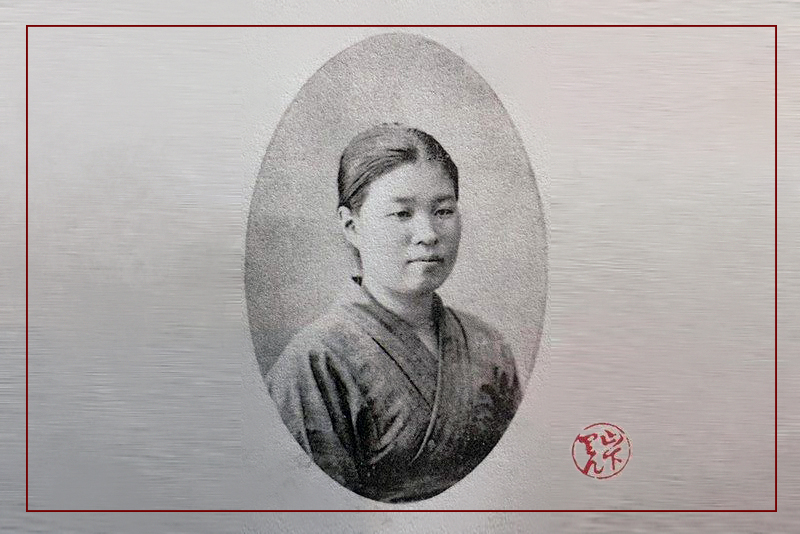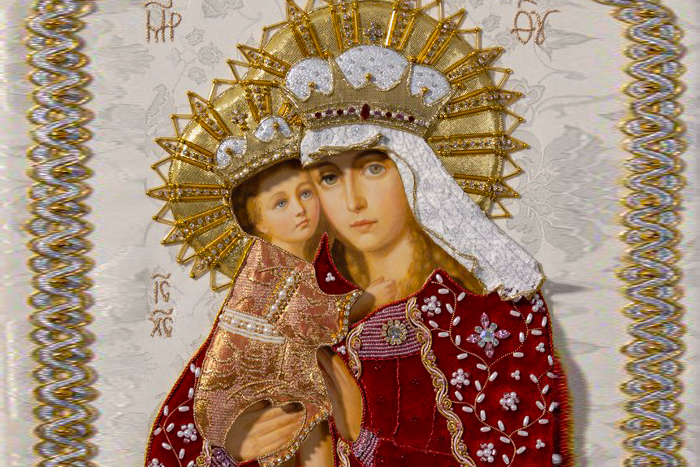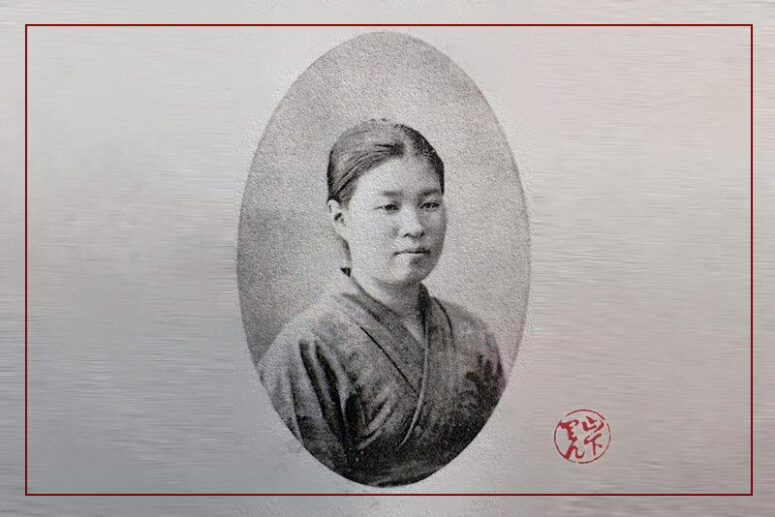
The Resurrection Cathedral is rising in the center of today’s Tokyo, ringing its bells to spread the good news that Orthodoxy lives here. The well-established presence of the Orthodox Church in that remote part of the world is largely attributable to St. Nicholas of Japan. However, among the locals there were also selfless ascetics laying down their lives to please God. Irina (Rin) Yamashita, spiritual child of St Nicholas and the first Japanese icon painter was one of them.
Rin was born in 1857 into a military family. Her father died early, leaving his wife with three children and virtually no means of subsistence. Rin was the eldest, and her mother pinned all her hopes on her, desiring for her daughter to get married as soon as possible. However, Rin was not the kind of person who would dream of marriage. Learning to paint had been her burning desire ever since her childhood. That was why already as a 9-year-old child, she sent herself to a free school run by a Buddhist temple. And at the age of 15, she fled to Tokyo with a desire to find a job as a servant with some artist, so that she could learn from him in her free time. Her vigilant relatives then brought her back, but a year later, in 1873, the girl was allowed to go to Tokyo, where she successfully passed the entrance exam to the Industrial Art School. That school was founded with money donated by the West and was engaged in the accelerated training of Japanese artists in the Western spirit. There Rin was fortunate enough to study painting with the Italian professor Antonio Fontanesi for almost a year. That man, although he never became a prominent artist, was an excellent teacher. Much attention was paid to representing the human face. Rin excelled at that. Others admiringly called her the master of the instant portrait.
During the course, Rin became very close friends with an ardent Orthodox girl Masako Yamamura, who introduced her to St Nicholas of Japan. Those meetings made a tremendous difference in Rin’s life. Soon she was baptized into Orthodoxy with the name Irina.
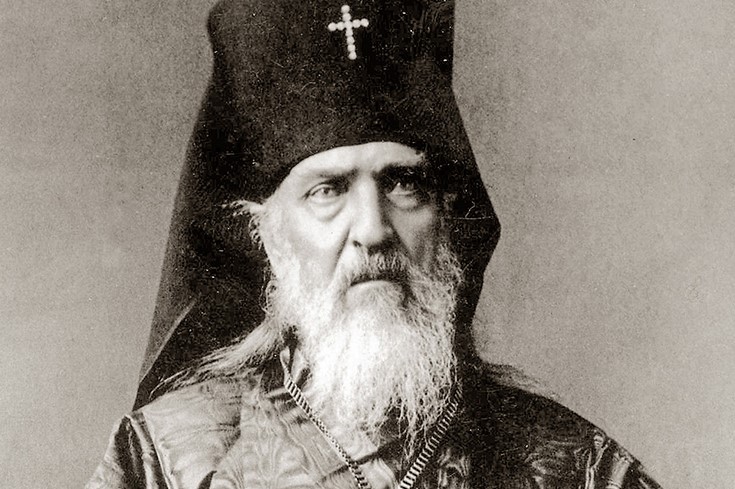
In 1879, Father Nicholas offered Irina an internship in Russia, namely in the icon-painting workshop of the Novodevichy Resurrection Monastery in St. Petersburg. Rin had not yet become a deeply religious Christian, but she was attracted by the opportunity to learn drawing, so she agreed.
The path to Russia and the life there were not easy for the future icon painter from the very beginning. There was no free cabin for her on the ship, and she had to be sleeping on the deck throughout the entire long way.
In St. Petersburg, Rin faced the strict traditional Greek icon painting canons, which were strikingly different from the classical realism taught in the art school that she so much loved. The strict composition rules governing the iconographic elements, colors and the method of depicting facial images were far from being up Rin’s alley. But she would spend her every free minute making copies of the paintings in the Hermitage museum that she soon discovered. Because of that, Yamashita’s relations with the nuns of the monastery began to deteriorate. Eventually she was banned from visiting the art gallery altogether. Unable to withstand the psychological pressure, Irina fell seriously ill and six months later, with the blessing of Father Nicholas, returned to Japan ahead of schedule.
At home, Rin announced to Father Nicholas that she was leaving the church. But soon she returned and from that point she began her conscious path of serving God. She was given an icon-painting workshop at the Orthodox community’s courtyard and plunged into work.
The first icons painted by Irina were sent to churches across the country. Working on them, Rin was afraid to deviate from the canons that she had been taught in Russia even in the least.
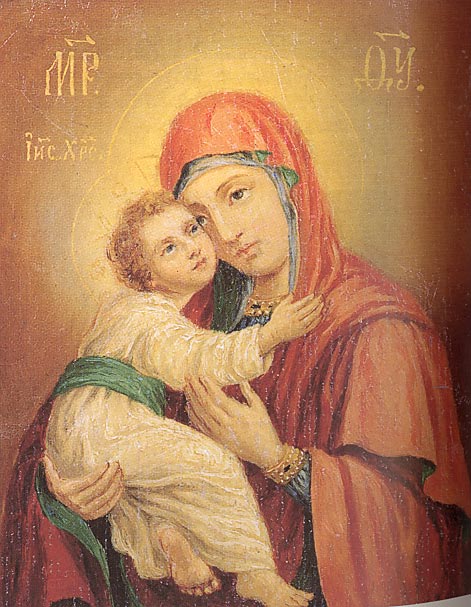
However, life soon introduced her to another talented teacher, the eminent third-generation icon painter Vasily Peshekhonov. In 1880 he came to work on murals at the Resurrection Cathedral erected in Tokyo through the efforts of St Nicholas of Japan. The few months that Irina spent assisting Vasily and learning from him became a turning point for her. Vasily’s extraordinary talent of an icon painter gave him the freedom to be “soaring” over the canons and working in his own individual technique. This “soaring” experience became “superimposed” on the strict Novodevichy Convent school and combined with the painting fundamentals learnt from Professor Fontanesi finally resulting in Yamashita’s self-actualization as an icon painter.
Irina’s unique style is revealed most vividly in the icon of the Resurrection that she painted as a gift to the future Russian Emperor Nicholas II in 1981 (now in the Hermitage).

It has a traditional three-peaked composition, with the Savior depicted in the center, surrounded by a golden glow, against the background of the pure blue sky. The somewhat rounded facial image of Christ is written in Yamashita’s individual style. The elaborately painted angels appear natural, shading the divinity of Christ. The icon was once highly appreciated by both the Emperor and Bishop Nicholas.
Distinctive features of Yamashita’s work are the play of light and shadow and the use of bright colors in the images of the Savior and the Mother of God. Irina treated the Blessed Virgin with special love and wrote many copies of Her icons, emphasizing on them the beauty of the eyelashes.



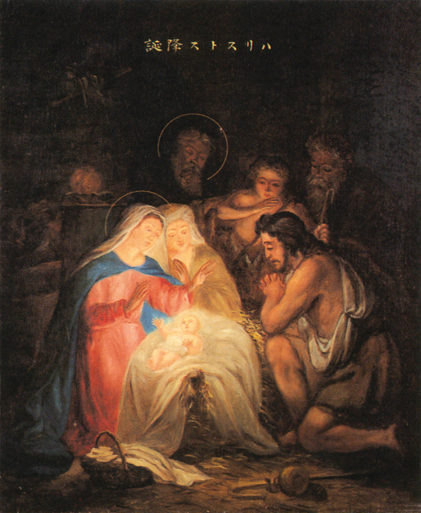
Irina spent almost the entire rest of her life in labor, loneliness and asceticism in her small workshop near the Cathedral of the Resurrection of Christ, sometimes travelling to provinces to work in churches. During that time, she painted images for many iconostases in Japanese temples. During the Russo-Japanese war she presented Russian icons to the captured soldiers. She also drew sketches of church utensils and illustrated the Japanese translation of the Gospel. Irina taught the icon painter Pavel (Seizo) Makishima, her assistant and successor.
In 1918, Irina was asked to vacate the workshop, and decided to retire. She spent the rest of her days living in silence and namelessness. Over the years, Irina was thanking everyone around her for everything more and more often, asking for forgiveness.
The icon painter died in 1939 at the age of 83 and was buried according to Buddhist custom without a funeral service. The commemoration took place on the 40th day in the Cathedral of the Resurrection of Christ.
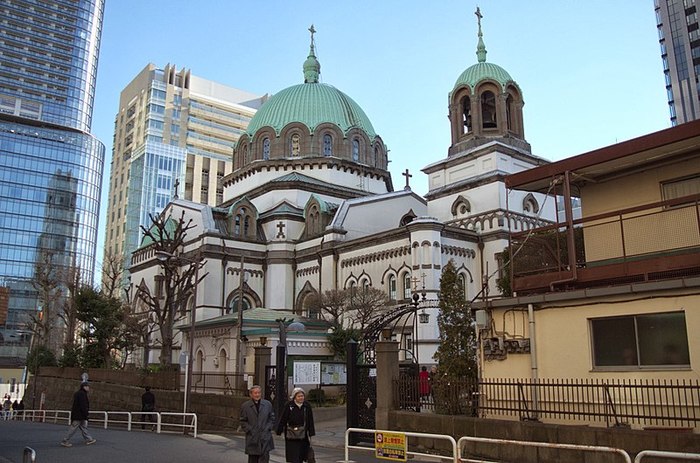
Irina Yamashita made an invaluable contribution to the spread of Christianity in Japan and to her country’s culture. To this day, her icons continue to serve people, radiating the light of joy for both believers and those who have not yet discovered the Orthodox truth.

